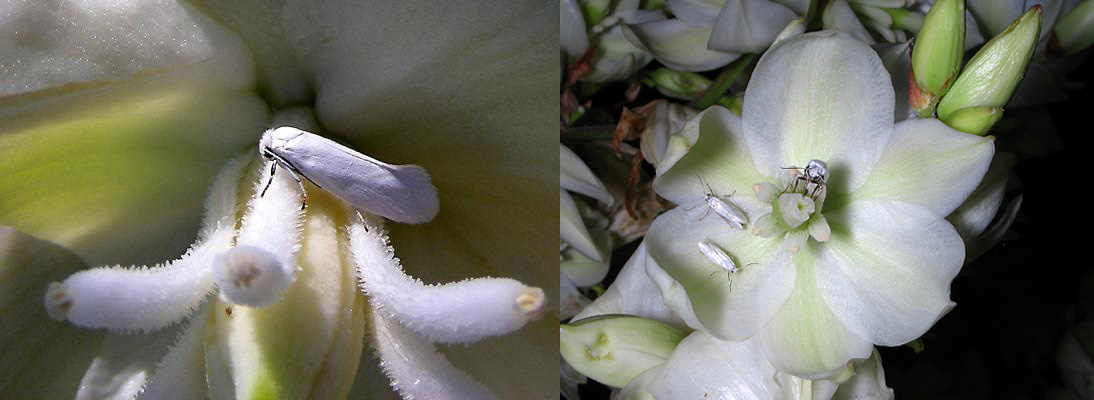
By Kait Chapman, Extension Educator in Lancaster County
When the average person thinks of the word “pollinator,” Their mind, most likely, pictures bees or the occasional butterfly. And while bees take the crown of most efficient, and arguably the most important animal pollinators, there are plenty of others out there providing the essential service most plants rely on for reproduction. From brilliant birds, bats and beetles to often misunderstood flies and wasps, pollinators can take many forms. One other fascinating group of pollinators are moths. Nebraska has a fascinating array of moths, whose diversity can range from the drab brown moths we often find at our porch lights, to brilliant giant silk moths, like the Luna. Like most other pollinators, moths inadvertently transfer pollen while they visit flowers for a nice meal of nectar. And while not all moths pollinate (some moths don’t even have mouthparts to feed!), there is at least one species of moth essential to the survival of its namesake plant: the yucca moth.
Yucca moths are essential when it comes to how yucca seeds are produced, performing the vital duty of yucca pollination. What makes the relationship between plant and moth most interesting is that it is not one-sided. In this mutualistic scenario, the plant could not live without the moth and the moth could not live without the plant.
When yucca plants have matured and begin to bloom, adult yucca moths will synchronously emerge from their cocoons. Once mated, a female will begin to gather pollen from yucca flowers. This pollen collection is not an accidental act as adult yucca moths have no interest in plant nectar. Instead of mouths that are adapted for nectar feeding, yucca moth mouths have unique “tentacles” that are specially designed for collecting pollen and forming it into a ball. She brings this ball to an new flower, on an entirely different yucca plant. After laying an egg in the new flower’s ovary, she then deposits the pollen ball. Not only does this pollinate the yucca plant, but it also ensures the yucca moth caterpillar will have a tasty meal when it hatches. The yucca will produce enough seeds to ensure its own reproduction but also feeds the hungry caterpillars it will eventually rely upon.
In summary, if you enjoy the unique, spiky greenery or beautiful, striking blooms of a yucca plant in your landscape — be sure to thank the yucca moth. You can also enjoy the unique beauty of other moths in Nebraska and learn about this year’s Nebraska Moth Week at https://lancaster.unl.edu/nebraska-moths.